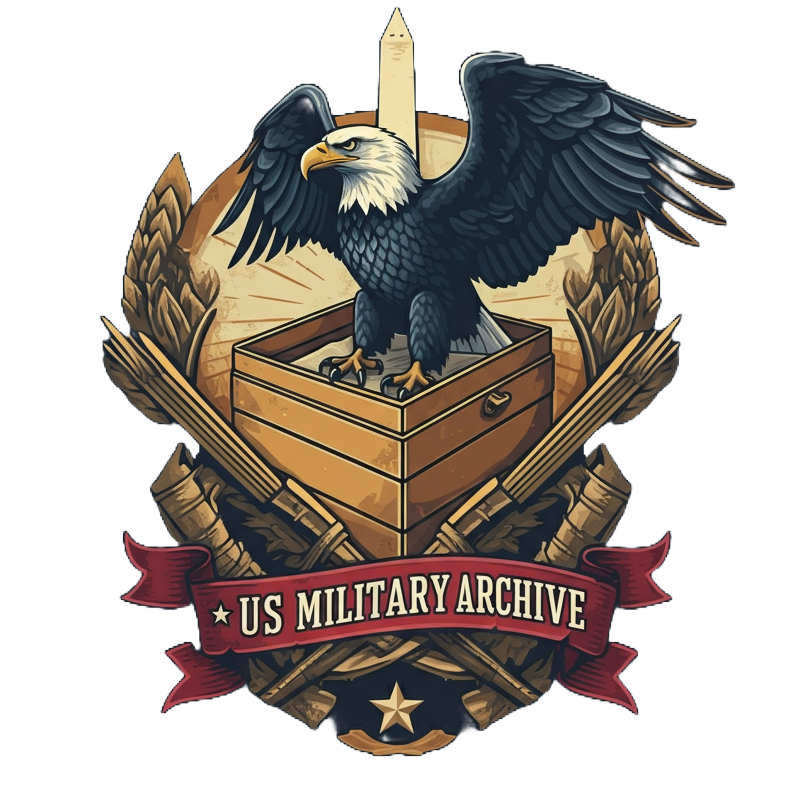Article Text
The Dawn of Aerial Reconnaissance: Logistical Challenges of Early American Balloons
The early national period of the United States (roughly 1783-1848) marked not only the birth of a nation but also the nascent stages of information warfare. While muskets and cannons dominated the battlefields, a new domain for military advantage was emerging—the sky. The fledgling American military began experimenting with lighter-than-air balloons for reconnaissance and communication, representing the earliest conceptualization of an American "air force" and laying the groundwork for future air power. This pursuit of aerial intelligence and communication dominance, though technologically rudimentary, embodied the core principles of information warfare: achieving superior situational awareness and denying the same to the enemy.
The logistical challenges inherent in early American balloon operations were substantial. One primary hurdle was the procurement of suitable materials. Silk, the ideal fabric for balloon envelopes due to its lightweight and airtight nature, was expensive and scarce in the newly formed nation. Hydrogen gas, essential for inflation, presented another significant obstacle. Generating sufficient quantities of hydrogen required specialized equipment and expertise, adding complexity and cost to the endeavor. These material constraints significantly hampered the development and deployment of early American balloons.
Transporting and deploying these delicate giants in field conditions proved equally daunting. Early balloons, large and fragile, were susceptible to damage during transport over rough terrain. The inflation process itself was time-consuming and required a sheltered location and a skilled crew. Moreover, balloon operations were at the mercy of the weather. Strong winds, rain, or even excessive humidity could render balloons unusable, limiting their effectiveness in dynamic battlefield environments. Even under ideal conditions, mobility was severely restricted. Lacking any form of propulsion, these early balloons drifted with the wind, offering minimal control over altitude, range, and maneuverability. This lack of control posed a significant risk of drifting into enemy territory, compromising the mission and the crew.
The limited payload capacity of early balloons further constrained their military applications. Observers could carry only basic instruments like telescopes and rudimentary signaling devices. Heavier communication equipment or more sophisticated surveillance tools exceeded the balloon's lifting capabilities, restricting the scope and quality of information gathering. This limitation underscored the technological constraints of the era and the need for further innovation.
Despite these formidable challenges, the potential advantages of aerial observation spurred innovation and adaptation. American balloonists experimented with alternative materials and inflation techniques, seeking more readily available and cost-effective solutions. Specialized transport wagons were developed, and deployment procedures were streamlined to reduce setup time and improve mobility. Portable hydrogen generators were designed to address the challenge of gas production in the field, enhancing operational flexibility. To mitigate the limitations of weather dependence, balloonists learned to interpret weather patterns and adjust their operations accordingly. These adaptations, born out of necessity, represent the ingenuity and resourcefulness of early American military pioneers.
The early American balloon operations, though limited by technology and logistical constraints, held significant implications for the future of warfare. They provided a crucial proof of concept for aerial reconnaissance and communication, paving the way for the development of more advanced aerial platforms like dirigibles and airplanes. The pursuit of information dominance through these early balloon flights foreshadowed the critical role air power would play in future conflicts. The struggles and innovations of early American balloonists represent a pivotal chapter in the evolution of American military might and the ongoing pursuit of information dominance, underscoring the enduring strategic value of controlling the skies.
Files
There are no files available.

